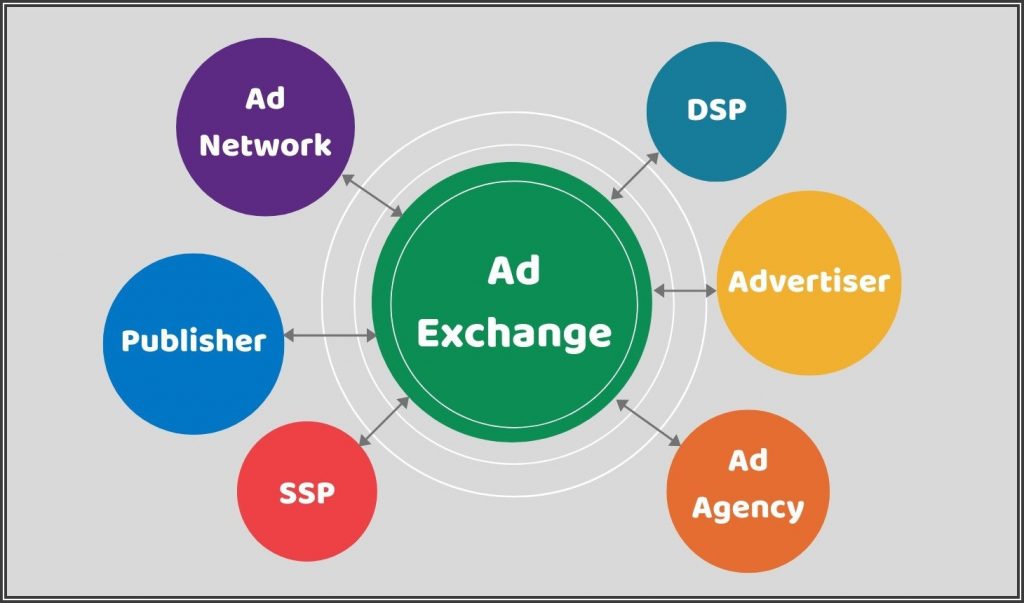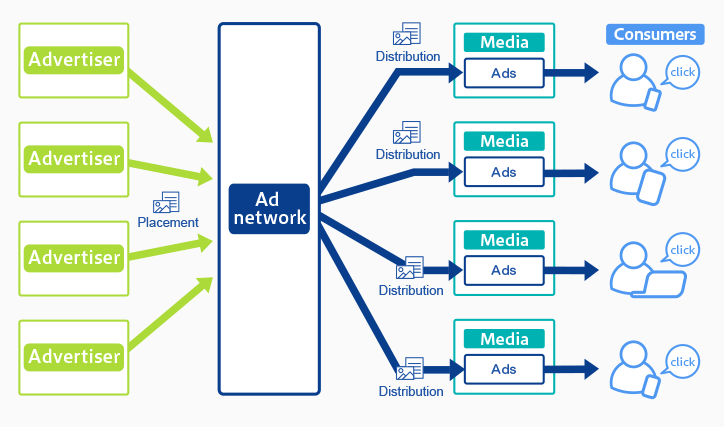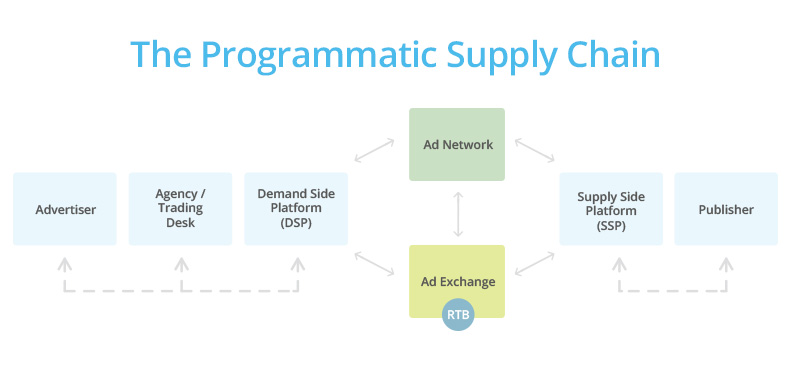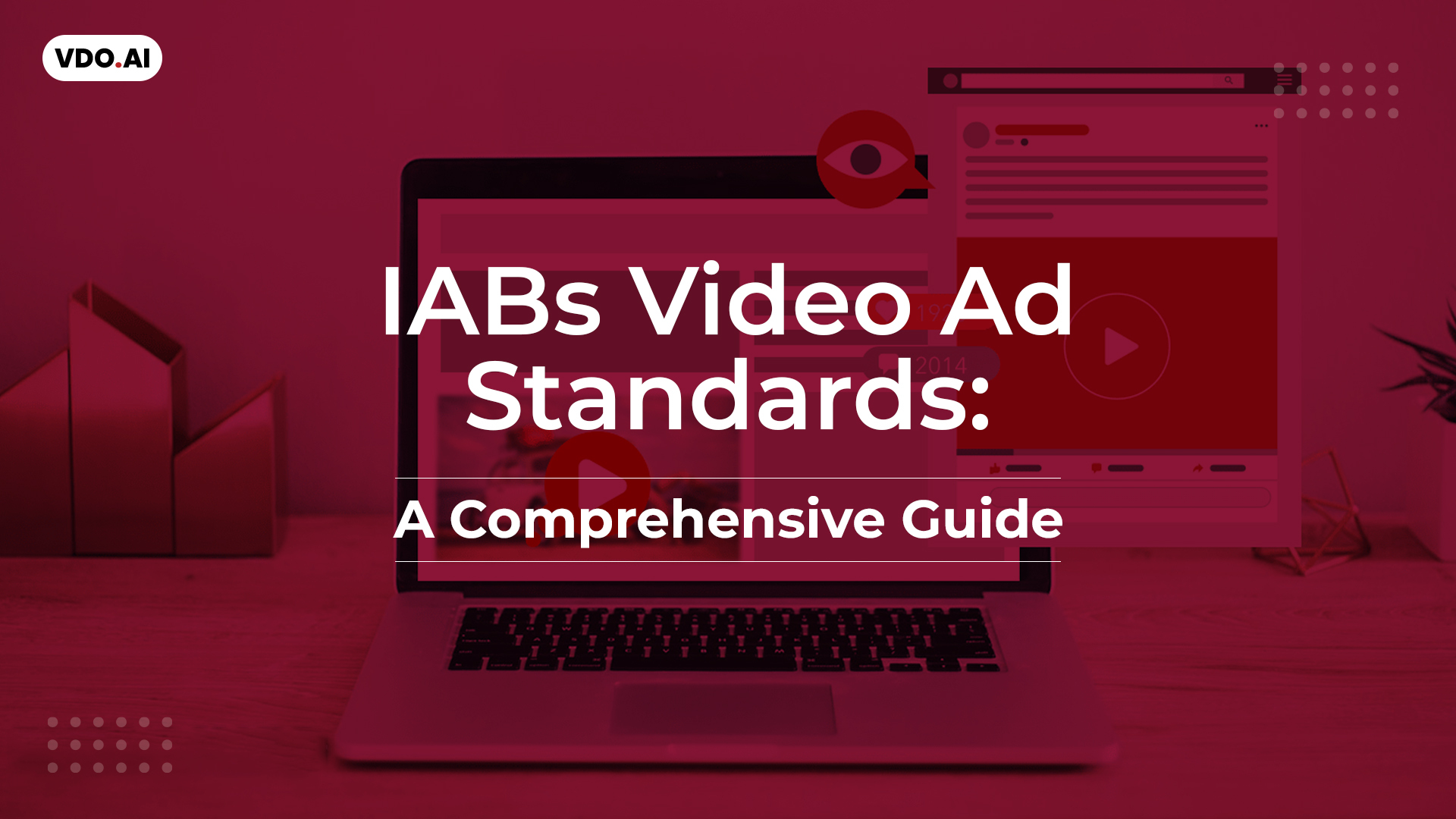What is an Ad Exchange? And How Does it Differ from an Ad Network?
Reading Time: 4 minutesNothing is more intriguing than the operational systems of AdTech. Here in this blog, we present to you everything that’ll help you market your ad better and enhance its performance. Let’s get going!
What is an Ad Exchange?
Ad Exchange is a digital platform, where buying and selling of advertising inventory from multiple advertising networks takes place directly without the involvement of any mediators. This interaction happens between the publisher and advertiser to buy and sell advertising space. The pricing of ad inventory is determined by RTB (Real-Time Bidding) or real-time auctions.

What is an Ad Network?
Ad Network joins the Ad Exchange and buys advertising space so that they can resell in the future with higher gains and benefits. Ad Networks then sell the space to advertisers for higher profits. Post this association with Ad Networks, the publishers are unaware of the type and kind of advertisement that will be displayed on their website.

How does it work?
Publishers or monetization platforms like VDO.AI connect with Ad Exchange supply-side platforms, to get the perfect advertising for their inventory and also for selling their unsold inventory.
- The supply-side platform (SSP) mentions website URL, target audience, topics, inventory, information, etc for gaining the highest bid in the Advertising Technology space.
Like the publishers, advertisers also can connect with Ad Exchange or demand-side platforms for successfully running their ad campaigns.
- Demand-side platforms have access which provides them the impressions a publisher gains on the ads that are being run on their websites.

Types of Ad Exchange
- Open Ad Exchange: An open Ad Exchange is a marketplace where advertisers can bid on open Ad space, and the publishers have an inventory to sell their space to buyers for displaying ads. In Open Ad Exchange, the information is plenty making it challenging for the publisher to know where their ads will be displayed. Also, the publisher will find it difficult to predict the reach of particular ad placement.
- Private Ad Exchange: A private Ad Exchange is a closed platform, where publishers are the ones who can select who (advertisers) can bid, how much they can bid on their inventory or ad spots. Every individual who runs their own Private Ad Exchange invites the buyers to bid on their advertising space. The publishers can then start the auction and block the Ad Network which pays the best price for their ad space.
- Preferred Deal: The preferred deal gives an option to the publishers to sell Ad inventory at a fixed price to preferred advertisers. If the publisher maintains a good relationship with advertisers, the chances to fix a preferred price are more. This way the publisher benefits from a regular flow of income and quality ads. However, this also turns out to be beneficial for the advertiser since they can get away from all the bids and fluctuating prices.
Different Ad Exchange Platforms
Google is one of the most renowned options for advertising technology, often known as Google AdX. Other famous players are:
- Facebook Exchange
- Rubicon Project
- OpenX
- Verizon Media
- AppNexus
- Pubmatic
- Yahoo
Need for Ad Exchanges and Ad Network
While we all know why advertisements are necessary on a publisher’s website, it is also imperative to know why do we need an ad exchange:
- To maximize profits: Ad Network buys ad space and sells it to the advertisers. This way there’s a mutual profit for the advertisers and the ad network.
- To choose the perfect display location: By using preferred deals, the advertisers have an advantage where they can target and retarget their ads on their preferred website for better viewability and leads.
- To increase engagement: By selecting a preferred publisher, the advertiser has a high chance of engaging with the right customers which indirectly increases engagement with customers.
- Ad optimization: Here publishers have the advantage to experiment and use opportunities to increase revenue which can be analyzed and optimized by previous data.
Difference and Benefits of Ad Exchange and Ad Network
The main focus area of an Ad Network is to work on building and increasing the profits of publishers by selling inventories at a high price during the bidding. Ad Exchange only helps in matching the best buyer (Publisher) and the seller (Advertiser).
Ad Network collects publishers’ inventory and categorizes it to sell them to advertisers for the assurance and maximization of profits. Ad Networks work as an intermediary, and also keeps the publishers’ data secure and private. Whereas Ad Exchange has access to the data since the auction takes place between buyer and seller. Everyone in while bidding can see the amount of money exchanged along with all the involved platforms (SSPs and DSPs).
For example, Google Adsense is an Ad network, and Google AdX is an Ad Exchange. Adsense gains demand from the Google Display Network, whereas AdX connects publishers to a wider market platform. For displaying ads with AdSense for content, publishers receive 68% of the revenue recognized by Google in connection with the service. For AdSense specifically for search, the publishers receive 51% of the revenue recognized by Google.
Conclusion
Amidst the competitive environment, it’s ideal to advertise your product or service on the internet, for it to gain maximum customer attention. For this purpose, Ad Exchange and Ad Networks hold the utmost importance. These ads help both the publishers by adequate website monetization and the advertisers by generating more leads and customer revenue.
Wish to read more relevant topics? Comment below the topic/theme you’d be interested to know more about.



